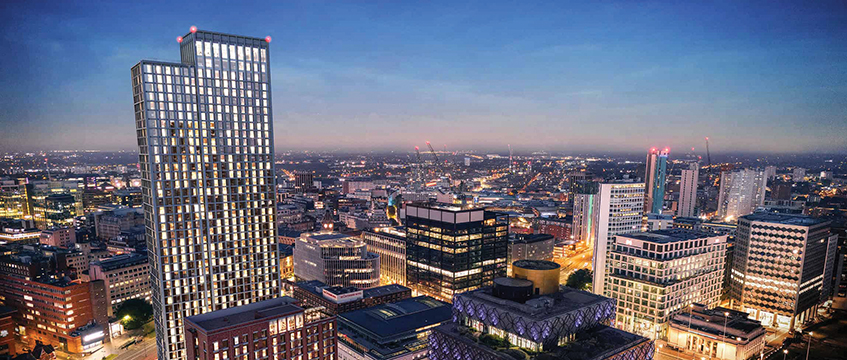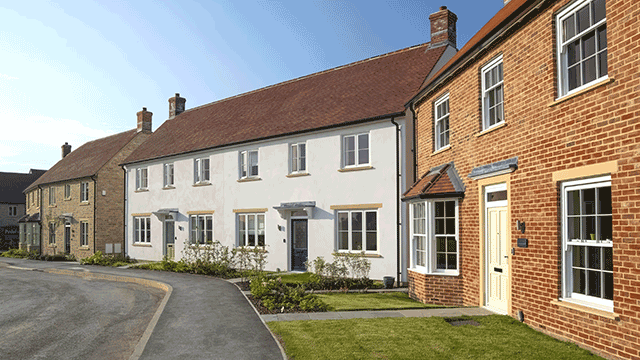COMMENT Simon Clarke marks the seventh new secretary of state at the helm of what is now known as the Department for Levelling Up, Housing and Communities since Eric Pickles stood down in 2015.
Each of his predecessors has moved in different directions, from the white paper and zonal planning with a fixation on more housing under Robert Jenrick, to Michael Gove swiftly dropping that idea for the Levelling Up and Regeneration Bill, which promises us the delights of street votes, high street auctions, a new infrastructure levy to replace CIL and affordable housing contributions, national development management policies and mandatory design codes.
Clarke has identified that the planning system is too slow and promises to speed it up (where have we heard that before?) with more permitted development rights being mooted. While he undoubtedly will have to protect the green belt, he did take a more pragmatic view on this issue through his 2018 paper Housing addressed: Freeing up land, while protecting the environment, which promoted development on brownfield sites in the green belt.
In the zone
Where does all of this leave us? We know there is movement away from new-build housing dominating the agenda – it is still important, but so are jobs, better paid jobs to pay bills and headline grabbing investment zones. However, most development will take place outside these investment zones, and, like the old opportunity areas, it will take years to come to fruition.
The majority of planning applications will remain outside these zones, and this is where Clarke will be faced with an intriguing battleground.
In one corner are the “hands off our green belt” lobby, who must be purring over the prime minister’s comments regarding stopping housing development in the green belt during her election campaign.
In another corner we have Natural England, which has successfully blocked development in the name of the environment, although perhaps not in the new investment zones. The prospects for meaningful growth in rural areas looks bleak.
So, it looks like the focus for growth will once again be building on brownfield land in our towns and cities. However, that is not going to be easy for the secretary of state either. The reality is that our towns and cities are awash with listed buildings and conservation areas. The impact on the setting of heritage assets is a growing source of objection as developers look to go upwards.
Now we have the relatively new addition of embedded carbon and the drive to reuse old buildings rather than redevelop them. While it is fully understandable why this approach is growing in popularity, the reality is that refurbishing and repurposing existing buildings does not result in much growth.
Managing expectations
The dilemma for Clarke is these worthwhile initiatives mean it is increasingly more difficult to regenerate our towns and cities. Even if a development gets past the raft of retro “conversion first” policies in emerging local plans, the heritage groups will always find a nearby heritage asset that will be affected by a large building. Even where local councils have resolved to grant planning permission, it has not been unusual for the heritage groups to persuade the secretary of state to “call in” the applications.
Where does this leave Clarke and the growth agenda? He has not publicly commented on tall buildings in the past. If rural areas are going to be protected from top-down housing targets, is he going to be able to deliver significant growth in our towns and cities, given taller buildings are almost universally opposed by locals and heritage groups?
Clarke has a lot on his plate but perhaps his most challenging dilemma will be promoting development in urban areas while managing the growing expectations of the restoration-first lobby, conservationists and heritage groups alike.
John Walker is acting managing director of consultancy C|T Advisory











